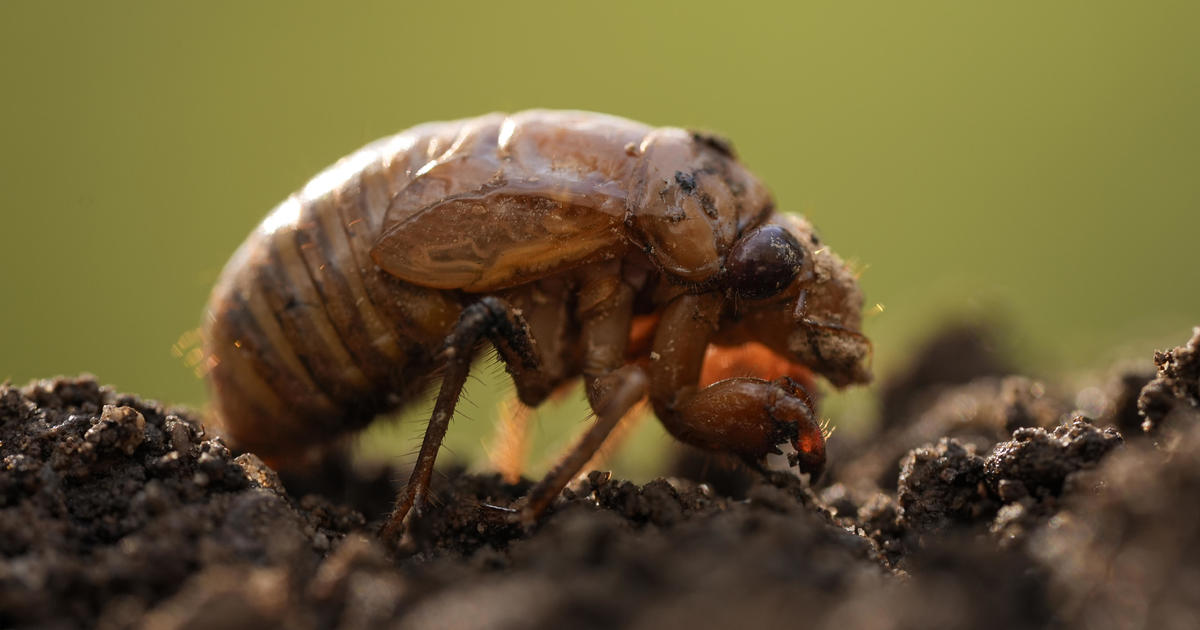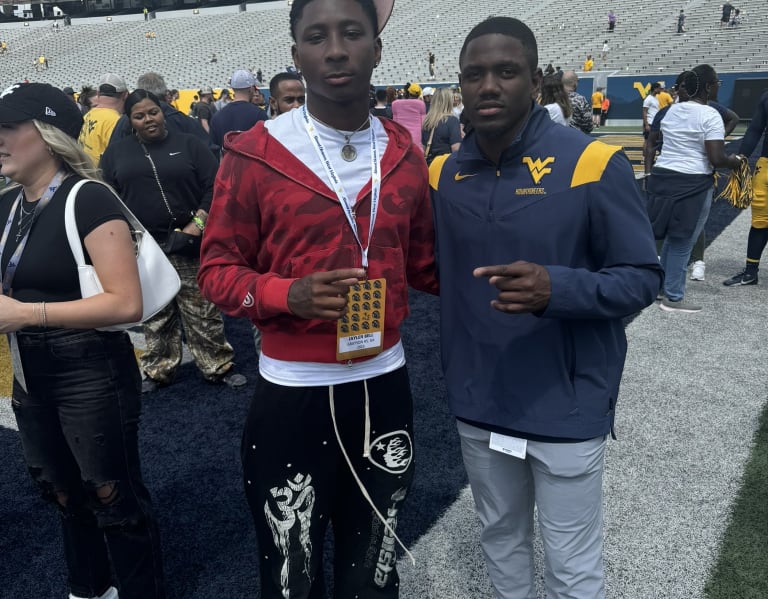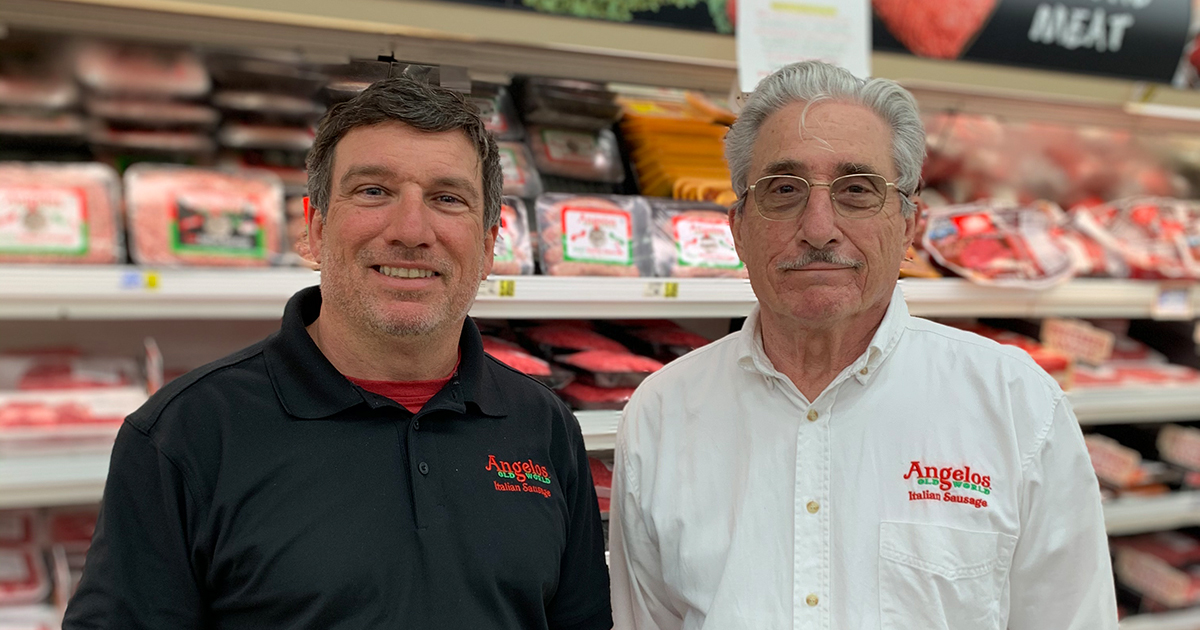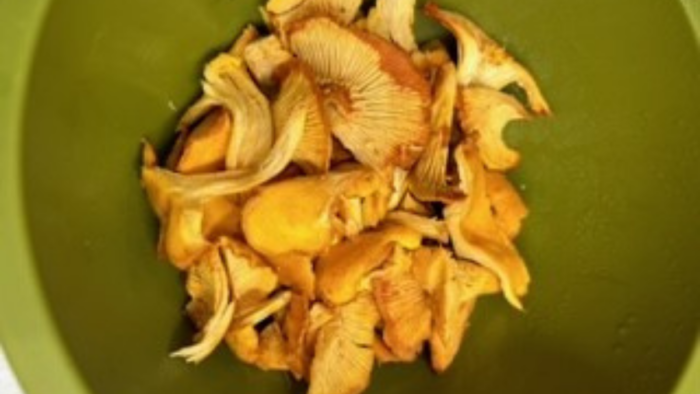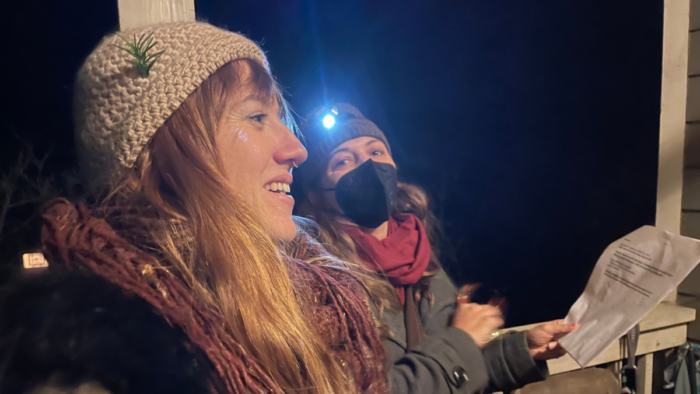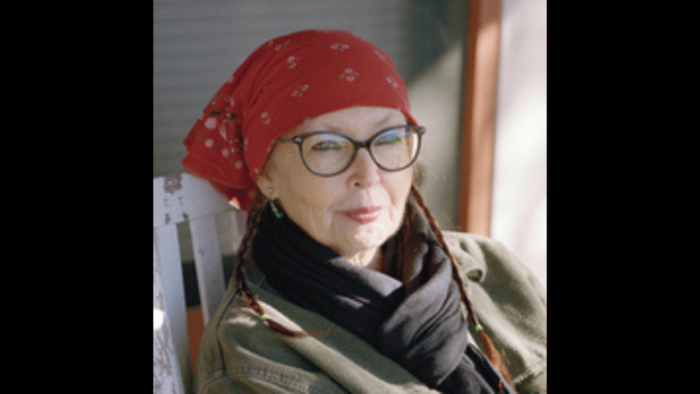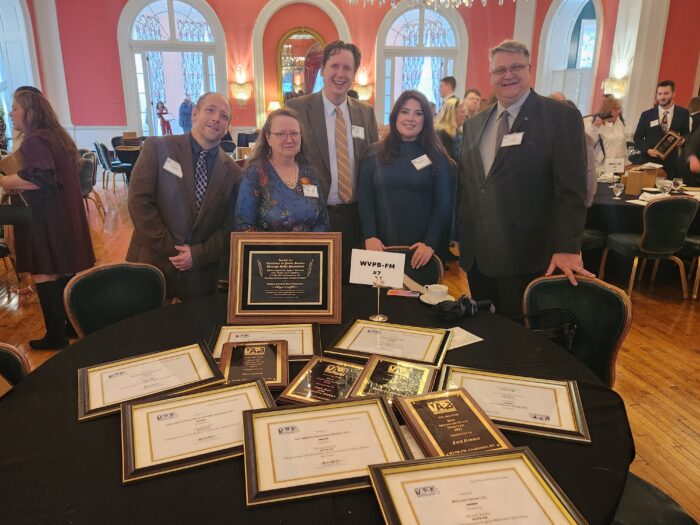West Virginia University neuroscientists are looking into why people with early-stage Alzheimer’s disease can remember events from decades ago but cannot recall something that happened in the past few hours. Their ongoing study indicates the issue could have to do with the vulnerability of certain synaptic connections, the places where neurons meet to communicate.
“We want to know whether the same molecules that are important for memory formations might be somehow broken or dysfunctional in the very early stages of Alzheimer’s disease,” said Martin Hruska, assistant professor in the WVU School of Medicine Department of Neuroscience and Rockefeller Neuroscience Institute. “We think determining the location of these molecules to specific types of synapses really will be key in knowing what sort of outcome they have on synaptic dysfunction.”
Memories form when the brain’s nerve cells, or neurons, connect through an intricate system. Billions of these neurons are surrounded by synapses, a sort of pathway that releases chemical signals called neurotransmitters. To communicate with another neuron, neurotransmitters must activate a receptor.
Hruska’s study focuses on a specific receptor, N-methyl-D-aspartate — or NMDA, which plays an important role in strengthening connections between neurons and in forming memories. It’s essential in what’s called “synaptic plasticity,” the brain’s ability to constantly modify how it functions, such as when learning something new.
“There is a good amount of evidence this receptor might be somehow responsible for Alzheimer’s disease,” Hruska said. “There is a medicine that targets this receptor, but it has not been used very successfully in treating Alzheimer’s disease. That tells us it’s probably a bit more complicated than just targeting this receptor. We need to know where and when to target it.”
Hruska explained that molecular architecture of synapses which have already formed memories — ones from 20 to 30 years ago for example — is for some reason protected in their synaptic environment and aren’t affected by amyloid beta, a protein commonly associated with Alzheimer’s disease. However, specific NMDA receptor subtypes localized to outside of the synapses might be hijacked by the toxin. That would initiate a sequence of events that can kill the neuron or eliminate synapses. The result is memory dysfunction.
Scientists don’t know why the receptors move outside of the core and Hruska said he hopes his study can provide an answer by examining NMDA receptors at the nanoscale level.
“If we can understand what’s happening very early on, then perhaps we will be able to rescue or save this synapse from decline,” he said.
Hruska is leading the three-year study with a $200,000 grant from the Alzheimer’s Disease and Related Disorders Association.
Using state-of-the-art stimulated emission depletion nanoscopy in Hruska’s lab, researchers can look inside the core of specific synapses to determine the location of the receptor and watch what happens when diverse nanoscale synaptic environments — the protected ones and the one seeking to make a memory — are exposed to amyloid beta. The neurons used in the study are taken from the brains of animal models and grown in Petri dishes.
“We have pretty good evidence from our imaging that the small synapses, the ones really wanting to make a memory, just end up disappearing,” Hruska said. “We image them for 24 hours and we can watch them actually disappear. We think these synapses might contain a specific NMDA receptor subtype — GluN2B.”
The unique perspective of nanomicroscopy is what intrigues Hruska’s lab students James Scripter, a doctoral candidate in neuroscience from West Springfield, Massachusetts, and Yeasmin Akter, of Bangladesh, who is pursuing a doctorate in biomedical sciences.
“I find it fascinating how these extremely small synapses that are very complex at a nanoscale level can affect the way our brains function,” Scripter said. “Also, if some changes occur at that nanoscale level, how that can lead to major neurological diseases like Alzheimer’s disease.”
Scripter’s part of the study focuses on defining how nano-organization of pre- and postsynaptic components are altered at early stages of the disease and how these processes might lead to synaptic loss.
Akter is especially interested in a protein called synaptic cell adhesion molecule or CAM — Ephrin B3 and whether one form of it can protect synapses from the toxic effects of amyloid beta.
“It’s fascinating to be able to study both the molecular and nanoscale aspects of what’s going on in the brain during Alzheimer’s disease,” Akter said.
Hruska said although he believes his study will provide a greater understanding of the different types of neuron connections and how they react to amyloid beta at the molecular level, it will be just one piece of the puzzle in Alzheimer’s disease research.
“Hopefully we’ll learn something about this particular molecule that plays such an important role in memory formation and how it might be selectively disrupted in some connections and not others,” Hruska said. “There’s more that can be solved collaboratively and that involves our international science community.”
Hruska said that knowledge can be contributed to future studies as the students move into their professional careers.
“My lab works on the molecular aspects of Alzheimer’s disease and other labs take a clinical approach. Hopefully, what we learn and the students learn can provide a better understanding of what’s happening in the brain so that the best possible treatment can be found,” Hruska said.
Editor’s note: The use of animals in this project was evaluated by the WVU Institutional Animal Care and Use Ethics Committee. WVU is voluntarily accredited by AAALAC, a national peer organization that establishes a global benchmark for animal well-being in science.
-WVU-
ls/4/16/24
MEDIA CONTACT: Linda Skidmore
Health Research Writer
WVU Research Communications
Linda.Skidmore@hsc.wvu.edu
Call 1-855-WVU-NEWS for the latest West Virginia University news and information from WVUToday.





